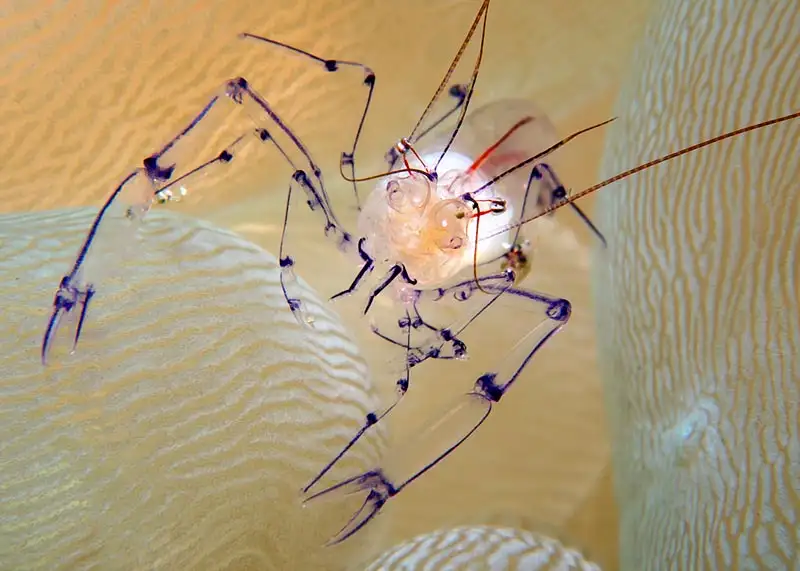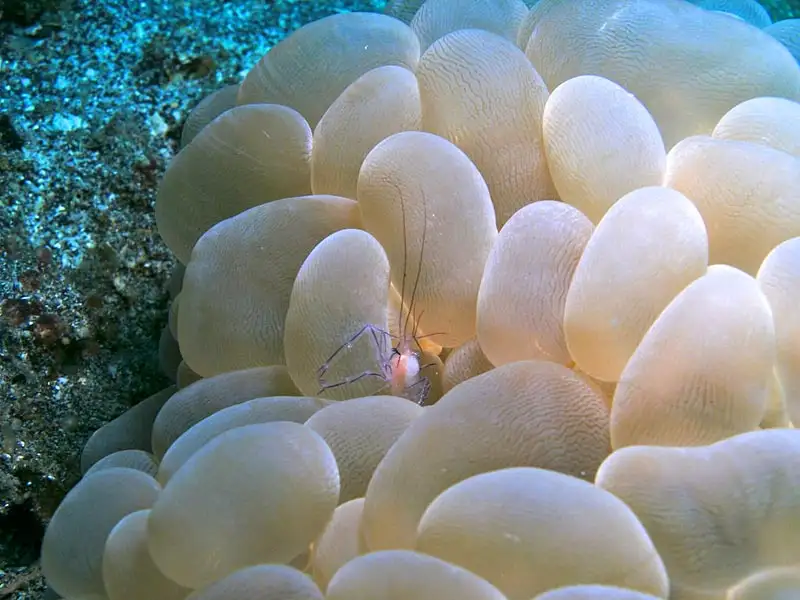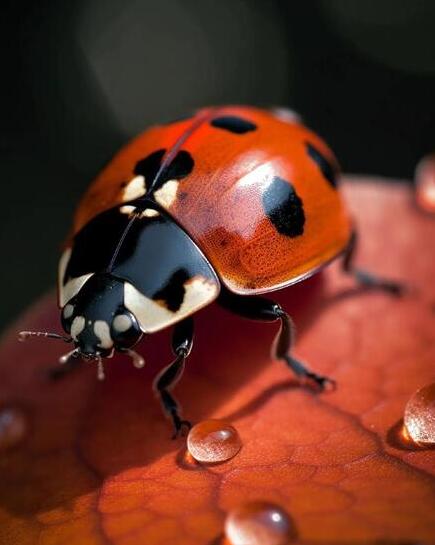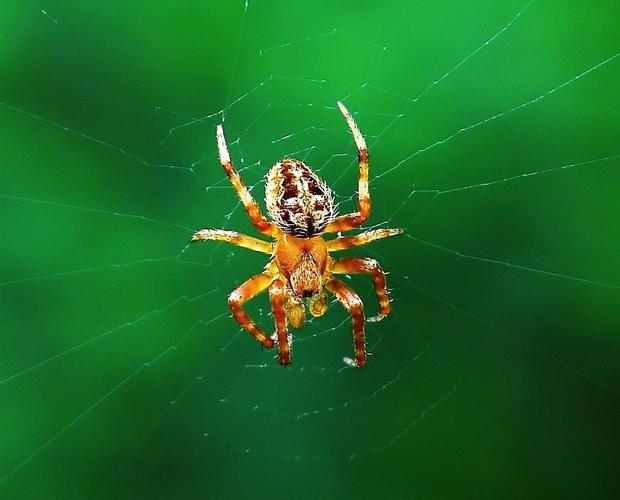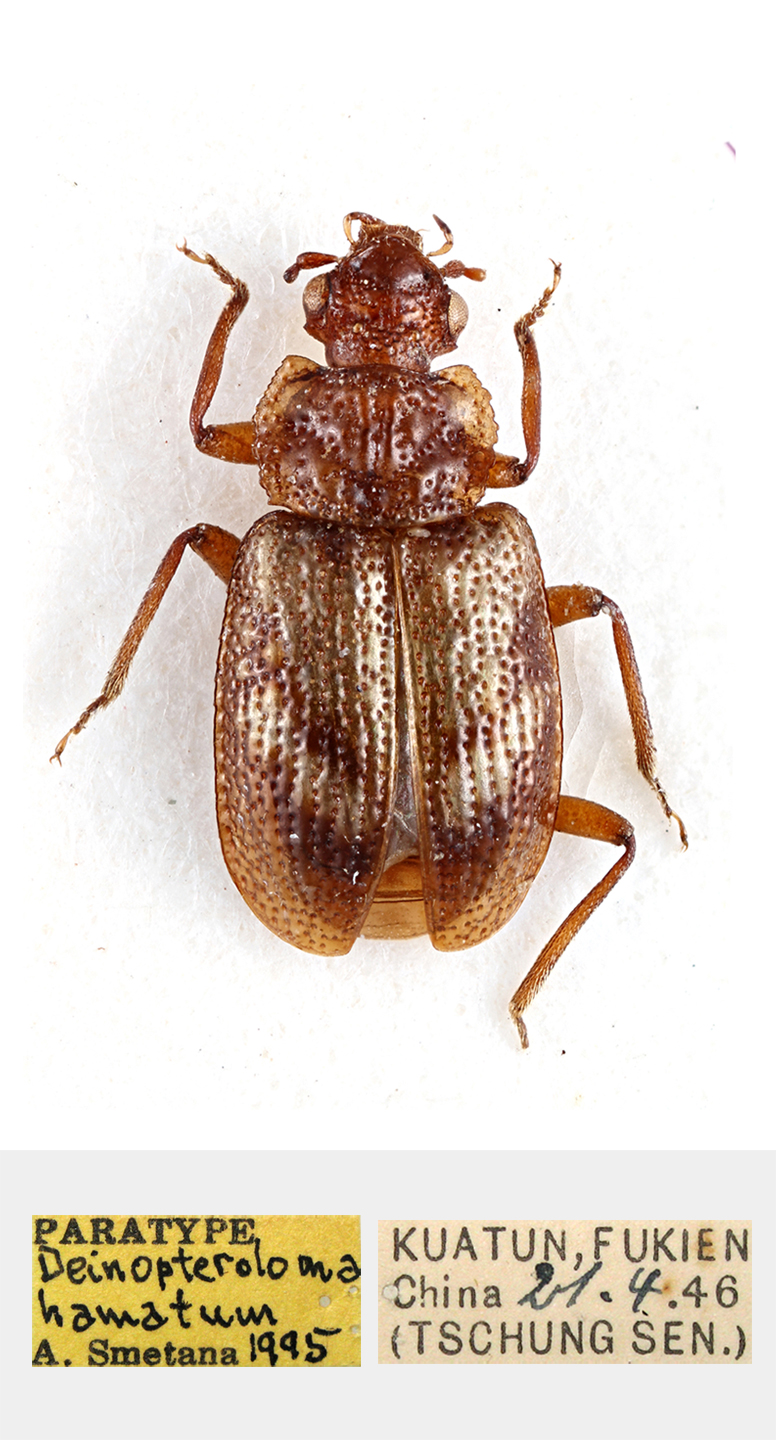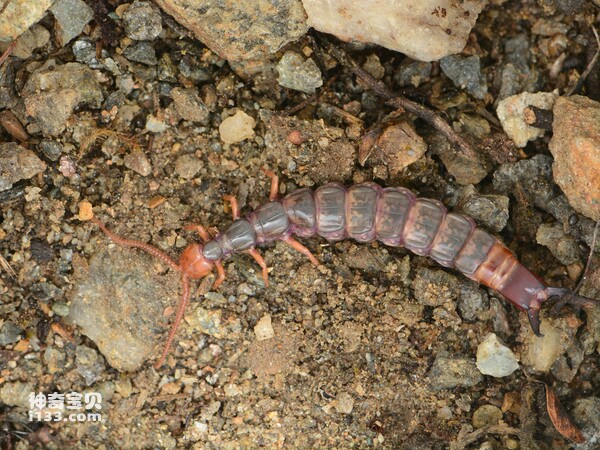Vir philippinensis (Philippine Anemone Shrimp)
IUCN
LCBasic Information
Scientific classification
- name:Vir philippinensis (Philippine Anemone Shrimp)
- Scientific Name:Vir philippinensis
- Outline:Arthropoda
- Family:Palaemonidae Vir
Vital signs
- length:1.5–2.5 cm (excluding antennae)
- Weight:Very light; unstandardized for this tiny species
- lifetime:~1–2 years (environment‑dependent)
Feature
Commensal with sea anemones; semi‑transparent; cleaning/scavenging; brooding females; planktonic larvae.
Distribution and Habitat
Indo‑Pacific reefs/slopes/lagoons (1–25+ m), chiefly on anemone hosts.
Appearance
Slender, transparent body; long antennae/legs; fine white dots/lines; slightly stronger second chelae.
Details
Vir philippinensis—often called the Philippine anemone shrimp—is a commensal palaemonid shrimp associated mainly with sea anemones (and occasionally soft corals or ascidians). Tiny and highly transparent, it hides among host tentacles, practising a mix of cleaning behaviour and scavenging.
Ecology & Biology
Symbiosis: typically lives on sea anemones, gaining protection from predators within the stinging tentacles.
Diet: small plankton, ectoparasites and organic detritus; may pick particles trapped on the host’s surface.
Reproduction: females brood eggs; larvae are planktonic and settle on reefs before recruiting to hosts.
Behaviour: mostly concealed by day and more active at night; darts into the tentacle bases when alarmed.
Identification
Slender, semi‑transparent body with long antennae and walking legs; second pereopods slightly more robust. Fine white dots/lines may be present and can appear/disappear with background contrast. Separation from similar genera often requires details of the rostrum, rostral teeth and chela proportions.
Size & Longevity
Length: commonly 1.5–2.5 cm (excluding antennae).
Life: typically ~1–2 years.
Range & Habitat
Indo‑Pacific tropics (notably SE Asia and the Western Pacific) on reefs, reef slopes and lagoons around 1–25+ m, chiefly on anemone hosts.
Conservation & Threats
Threats: reef degradation, anemone loss, collection pressure and local water‑quality decline.
Good practice: no‑touch viewing; minimise close‑flash photography that startles shrimps and hosts.
IUCN: treated here as Not Evaluated (NE); this entry focuses on identification and natural history.
FAQ
Q1. How do I spot it on anemones? Scan the tentacle bases and oral‑disc edge for tiny transparent shrimps with fine white markings.
Q2. Does it harm the host? Generally a commensal or mildly mutualistic association; feeding focuses on ectoparasites and detritus.
Q3. How to separate from other “anemone shrimps”? Practical field cues include host choice and body proportions; definitive ID uses the rostrum and chela characters.
Q4. Suitable for aquaria? Requires stable water and often specific hosts—not recommended for beginners.

